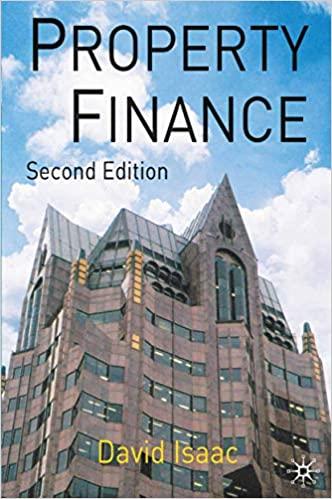Answered step by step
Verified Expert Solution
Question
1 Approved Answer
If the hedge fund charges a management fee of 2%, what performance fee makes the expected fee the same as above? Ignore high water marks
If the hedge fund charges a management fee of 2%, what performance fee makes the expected fee the same as above? Ignore high water marks and ignore the fact that returns can be negative, but recall that performance fees are charged as a percentage of the (excess) return after management fees. Specifically, assume the performance fee is a fraction of the hedge funds outperformance above the risk-free interest rate

Step by Step Solution
There are 3 Steps involved in it
Step: 1

Get Instant Access to Expert-Tailored Solutions
See step-by-step solutions with expert insights and AI powered tools for academic success
Step: 2

Step: 3

Ace Your Homework with AI
Get the answers you need in no time with our AI-driven, step-by-step assistance
Get Started


